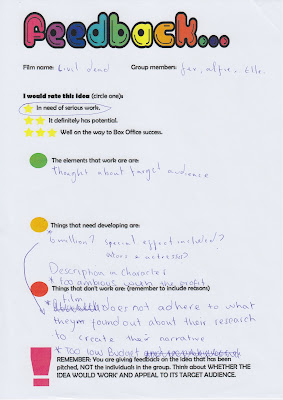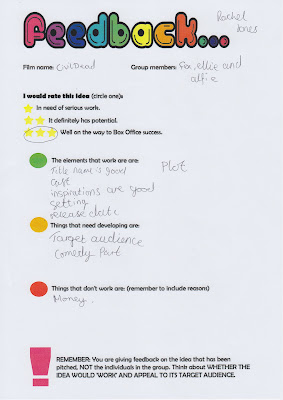THE TARGET AUDIENCE
Target audience: the people a certain media text is aimed at.
EARLY DEVELOPEMTENT IN AUDIENCE THEORY
Effective analysis-------hypodermic needle theory
· Developed in 1920’s
· The first theory to explain how mass audience might react to mass media.
· The audience is passive: they have no say in the process and accept everything at the fact value.
CULTIVATION THEORY
· While anyone media text does not have too much effect, years and years of working more violence will make you less sensitive to violence or years and years of watching women being mistreated in soaps will make you less bothered about it in real life.
· This theory is very difficult to people
· There’s no measure on exactly how much of an effect the media has on human behavior
TWO-STEP FLOW MODEL
· Whatever our experience of the media we will be likely to discuss it with others and if we respect their opinion, the chances are that we will be more likely to be affected by it. 9 the theory calls these people opinion leaders)
· Considers the audience as “mass”
ACTIVE AUDIENCE
Different audiences can understand a media message but can have a different response to it. Some people believe and accept the message; others reject it using knowledge from their own experience or can use processes of logic or other rationales to criticize what is being said.
Blumler and Katz 1974 believe that an ACTIVE AUDINCE could CONSUME a media product for reasons below:
Audience theory
Reception analysis:
· Concentrates on how an audience arrives at the media text
· Based on the idea that no text has one simple meaning. Suggests that the audience themselves help to create the meaning of the text
· We decode: this is texts that we encounter in individual ways which may be as a result of our upbringing, the mood we are in, the place we are and all kinds of other factors.
· Encoding: this is when the texts is produced by an institution and is embedded with that institution’s own values and ideologies (their ideas).
ENCODING AND DECODING:
Þ Dominant (hegemonic) reading: this reading media producer’s hope will take from the text.
Þ Negotiated reading: the readers understand the dominant reading but modify it to suit their own values and opinions.
Þ Oppositional reading: the target audience may understand the dominant reading but chose to reject it.
AN INSTITUTION: this is anybody/organization operating within the media eg Hollywood, BBC, etc.
Ideology is tied to audience, institutions needs to know who their audience is because they will likely have the same values.
IDEOLOGICAL DISCOURSE: HEGEMONIC RULE
· Education
· Employment
· Gender
· Sexuality
· Racism
· Feminism
· Nationalism/ national identity
· Youth/age
· Left wing/ right wing politics
· Environmentalism
· Public/personal reality
· Crime and punishment













